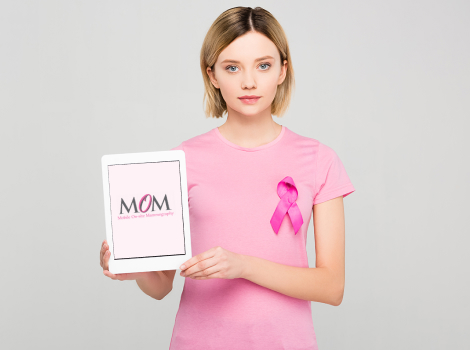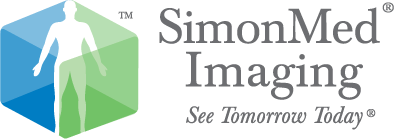Cancer Facts

- In Arizona, breast cancer is the leading form of cancer among women. An estimated 2,800 women will be diagnosed and 600 women will die of breast cancer in Arizona this year.
- One in seven American women will be diagnosed with breast cancer in her lifetime.
- 1.8 million women in this country have been diagnosed with breast cancer – one million more do not know they have the disease.
- Nearly 200,000 patients will be diagnosed with breast cancer this year; during this same time, more than 40,000 will die.
- Breast cancer is the leading cause of death among women 40-59.
- More than 80 percent of breast cancer occur in women who have no known risk factors. All women are at risk; and one’s risk increases with advancing age.
- In addition to invasive breast cancer, in excess of 60,000 new cases of in-situ breast cancers are expected to occur among women this year.
- An estimated 1,700 new cases of breast cancer will be diagnosed in men and 450 men will die of breast cancer this year.
While there is no known cure for advanced breast cancer, early detection is a proven line of defense against this deadly disease. Detection of breast cancer in its early stages provides a greater chance of cure and more treatment options. When the disease is confined to the breast, the five year survival rate is 97%.
Encourage women you know to follow this simple three-step program for breast care that includes:
- Conducting monthly breast self-examinations
- Visiting a health care provider on a regular basis for clinical breast examinations
- Having a baseline mammogram at 35 and receiving an annual mammogram beginning at age 40
Why Do A Breast Exam?
There are many good reasons for doing a breast self-exam each month. One reason is that it is easy to do and the more you do it, the better you get at it. When you know how your breasts normally feel, you quickly will be able to feel any change, and early detection is key to successful treatment. Remember: A breast self-exam could save your breast and save your life. Most breast lumps are found by women themselves, and most lumps in the breast are not cancer. Be safe, be sure.
When To Do A Breast Exam
The best time to do breast self-exam is right after your menstrual cycle, when breasts are not tender or swollen. If you do not have regular periods or sometimes skip a month, do it on the same day every month.
How To Do The Exam
- Lie down and put a pillow under your right shoulder. Place your right arm behind your head.
- Use the finger pads of your three middle fingers on your left hand to feel for lumps or thickening in your right breast. Your finger pads are the top third of each finger.
- Press firmly enough to know how your breast feels. If your not sure how hard to press, ask your heathcare provider. Or try to copy the way your health care provider uses the finger pads during a breast exam. Learn what your breast feels like most of the time. A firm ridge in the lower curve of each breast is normal.
- Move around the breast in a set way. You can choose either a circle (A), the up and down (B), or the wedge (C). Do it the same way every time. It will help make sure that you’ve gone over the entire breast area, and to remember how your breast feels.
- Examine your left breast using the right hand finger pads.
- Repeat the examination of both breasts while standing, with one arm behind your head. The upright position makes it easier to check the upper and outer parts of the breasts (toward your armpit). You may want to do the standing part of the BSE while you are in the shower. Some breast changes can be felt more easily when your skin is wet and soapy.
For added safety, you can also check your breasts for any dimpling of the skin, changes in the nipple, redness or swelling while standing in front of a mirror right after your BSE each month.
